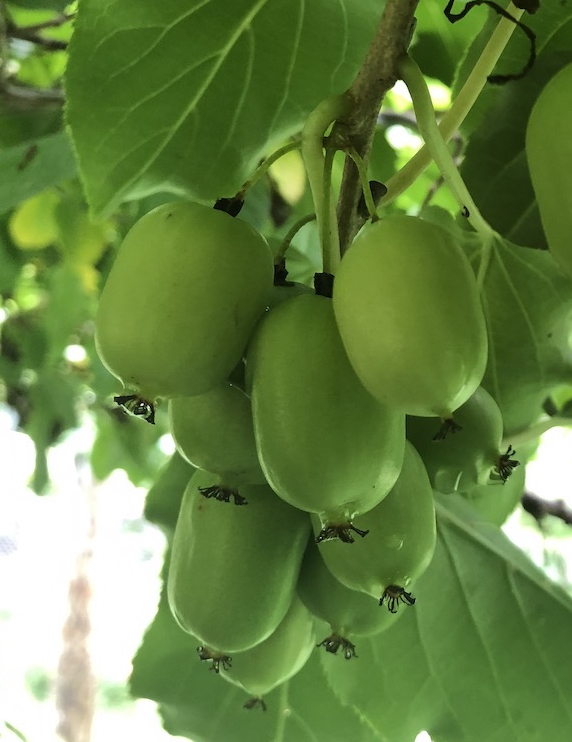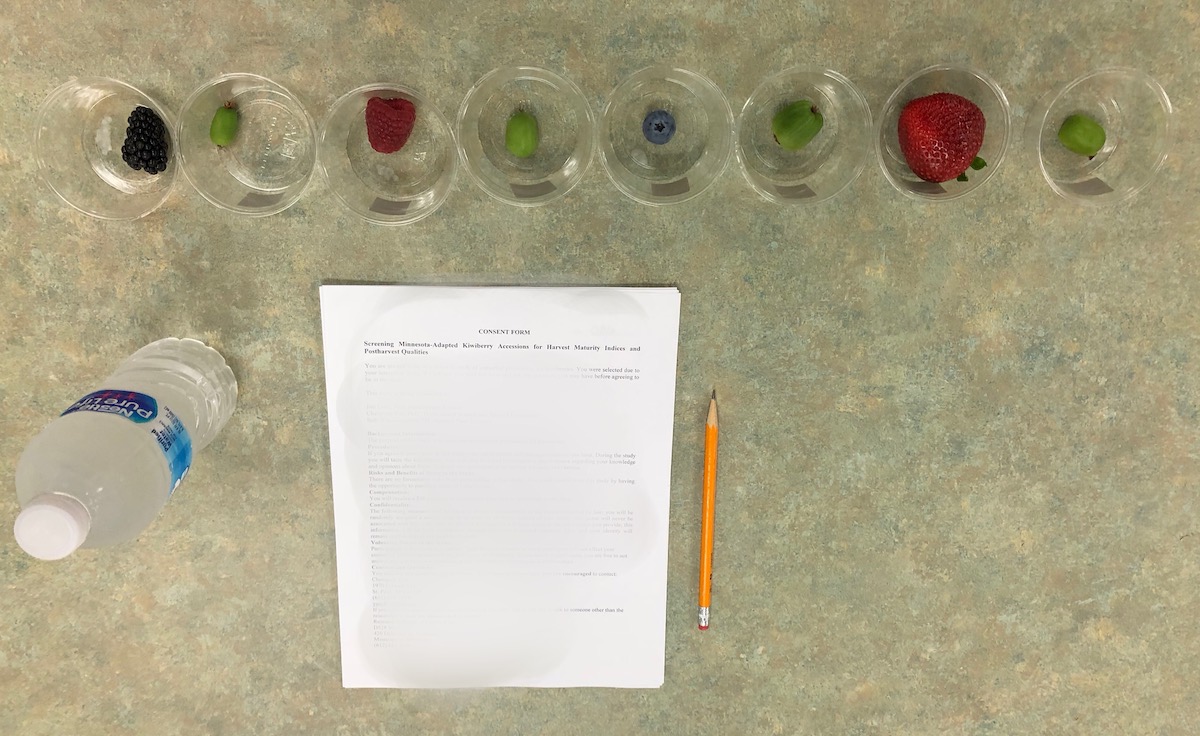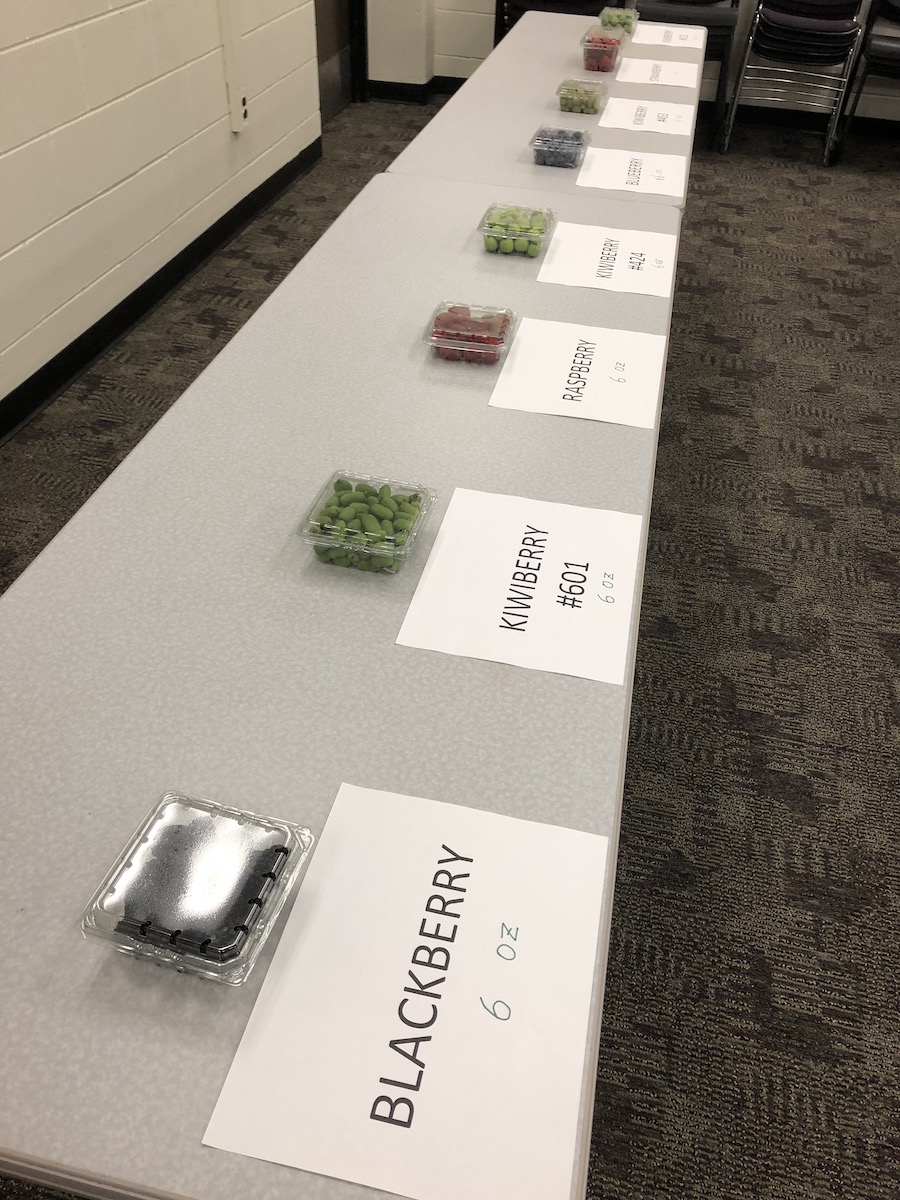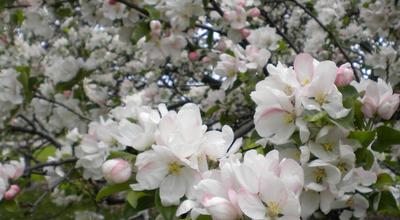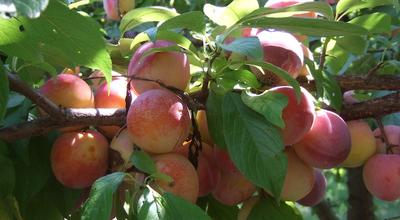Marketing for new crops
Banana. Pineapple. Avocado. What do these crops have in common? At one point in time they were curiosities in the marketplace and symbols of exotic lands. Then through marketing and breeding efforts, these crops became staples in marketplaces throughout the US.
The story of kiwifruit - the brown, fuzzy fruit - was much the same: an exotic fruit mostly unheard of in the 1960’s. Then, thanks to marketing efforts of one Frieda Caplan, dubbed the “Kiwi Queen”, the kiwifruit became a nationwide success by the mid-1980’s (Garber and Twilley, 2019). The story of Frieda Caplan highlights the importance of marketing in how new products are perceived and the likelihood they are purchased. Where does marketing research begin for new products like fruit?
Marketing research begins with gauging consumer interest and willingness-to-pay for novel fruit varieties and new fruits (Jaeger and Harker, 2005). Jaeger and Harker show that consumers in New Zealand were willing to pay higher prices for novel kiwifruit varieties (2005). However, consumer willingness-to-pay may be different when comparing new fruits in a different location. Here at the University of Minnesota, we are interested in investigating consumer willingness-to-pay for kiwiberries in the Twin Cities.
The case for kiwiberries
Kiwiberries are grape-sized, fuzz-free, green-skinned cousins of the kiwifruit. These new fruits have been gaining in popularity and interest both nationally and globally. Since many kiwiberry varieties are cold-hardy, they have tremendous potential as a new specialty crop in Minnesota where frigid winter temperatures prevent most exotic fruit from growing.
In order to gauge consumer willingness-to-pay for kiwiberries in the Twin Cities, we conducted an auction and survey. During this auction, participants tried four different varieties of kiwiberry along with other berries like strawberries, raspberries, blueberries, and blackberries.
These fruits were chosen because they would likely be competing on the grocery shelf. After sampling the fruits, the participants then got the opportunity to bid on packages of each fruit, and the person who bid the highest won the fruit. Combining the auction with survey data allowed us to see if there were any commonalities among those who favored kiwiberries.
When comparing kiwiberries to the other berries, participants on average seemed to favor those berries that they were most familiar with. However, this does not mean that the kiwiberries were not well liked! The kiwiberries ranked similar to blackberry in terms of overall appearance, and two of the kiwiberry varieties actually had bids that were either comparable or higher than blackberry.
Additionally, the difference between the average bid for other berries and each kiwiberry was taken to see how individuals’ bids compared. This showed that nearly half (48.5%) of individuals were willing to pay equal or greater for certain varieties of kiwiberries compared to other berries seen in the market. The close ranking and percent of participants bidding high for kiwiberries show that some participants were truly interested in kiwiberries.
To get a better idea of the demographics for the participants favoring kiwiberries, participants were divided into groups who liked kiwiberries and those who did not like kiwiberries. Once done, we could compare and see if there were any noticeable differences between the groups. The comparison showed that participants favoring kiwiberries tended to be younger, have higher education, and frequent food co-ops more than those who did not favor kiwiberries. This information helps to inform growers and distributors of which demographics to target that favor kiwiberries.
Though the results show characteristics that were different between these groups on a statistical level, they should not stop any curious consumer from trying these new and fascinating fruits!
References
Garber, Cynthia and Nicola Twilley (Producers). (2019, December 17). Gastropod - Meet the Queen of Kiwi: The 96-Year-Old Woman Who Transformed America’s Produce Aisle [Audio podcast].
Jaeger, S.R. and Harker, F.R., 2005. Consumer evaluation of novel kiwifruit: willingness-to-pay. Sci Food Agri, 85: 2519-2526.
Acknowledgements
Thank you to Dr. Chengyan Yue, Dr. James Luby, and Dr. Robert Guthrie for their guidance throughout this project. Our kiwiberry research is funded by the Minnesota Department of Agriculture and made possible through the University of Minnesota Department of Horticultural Science.
All images by Seth Wannemuehler.

